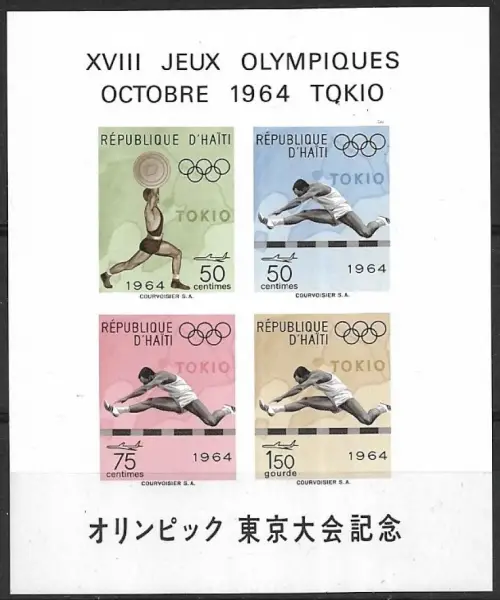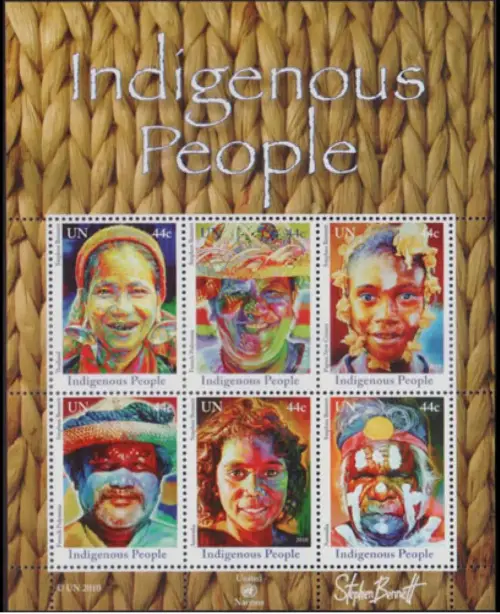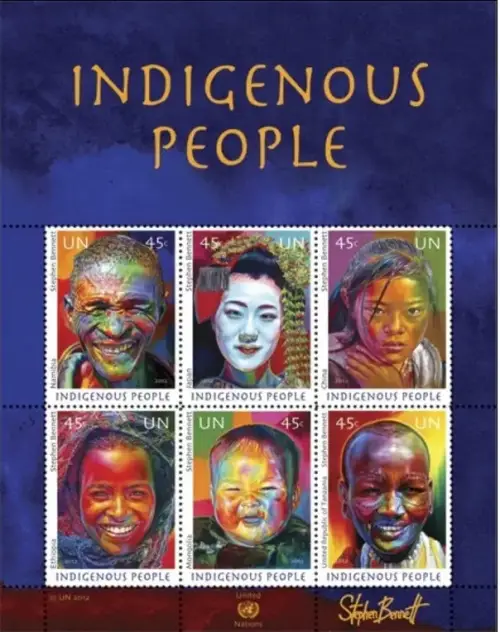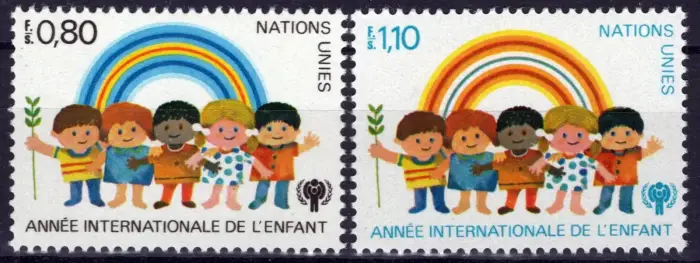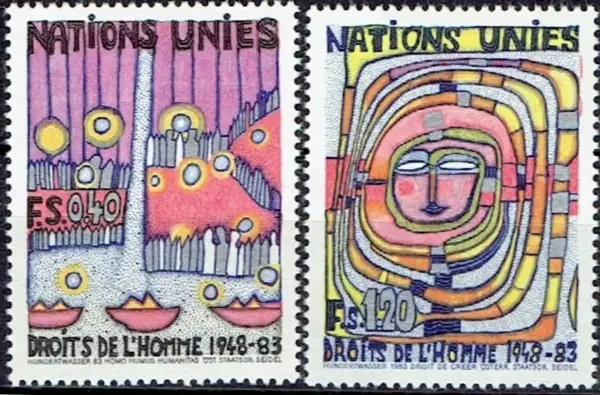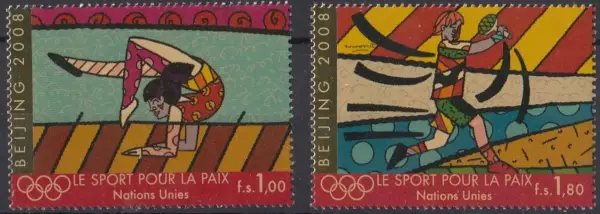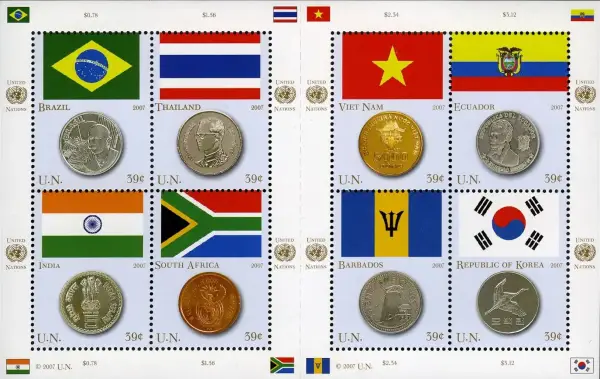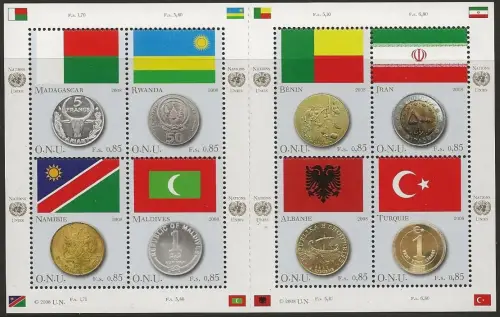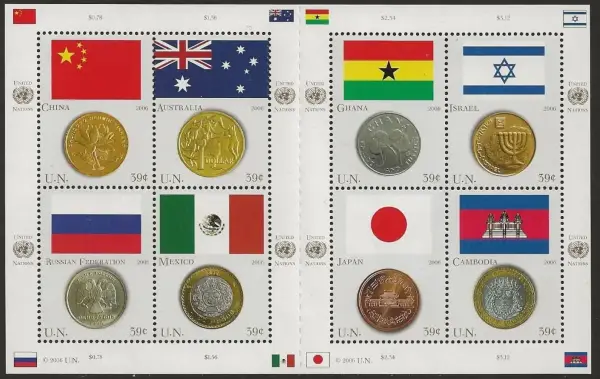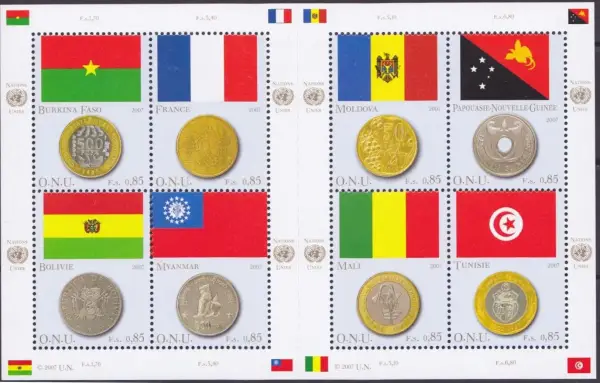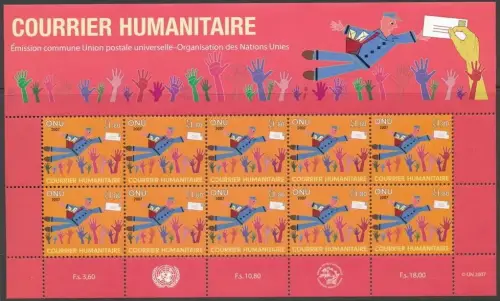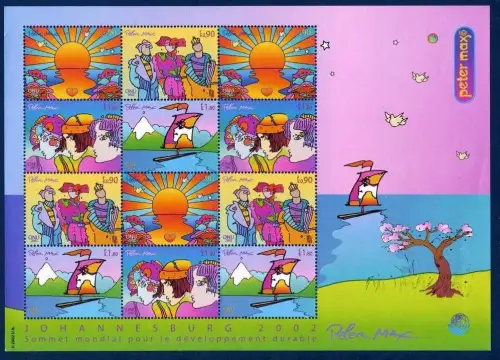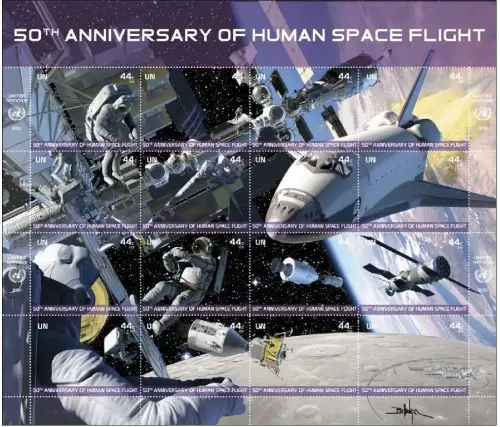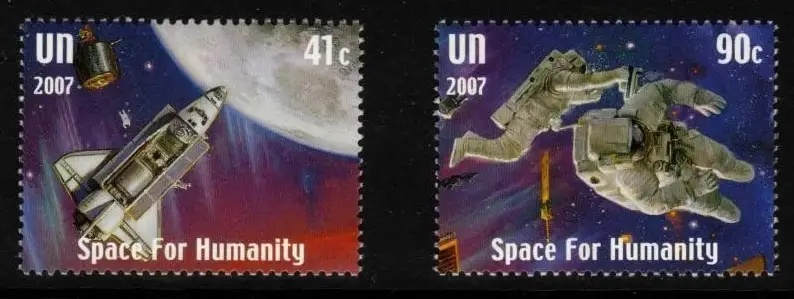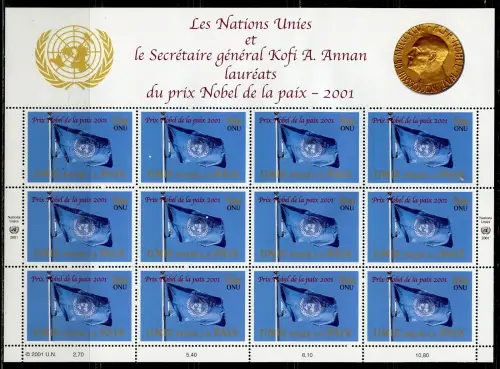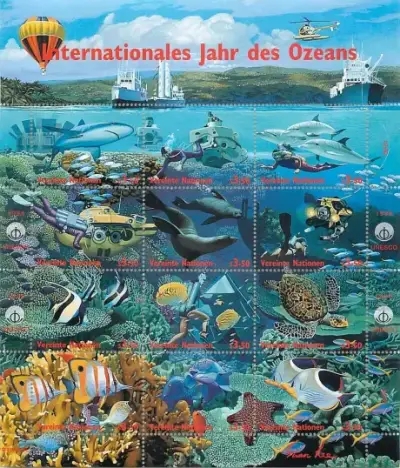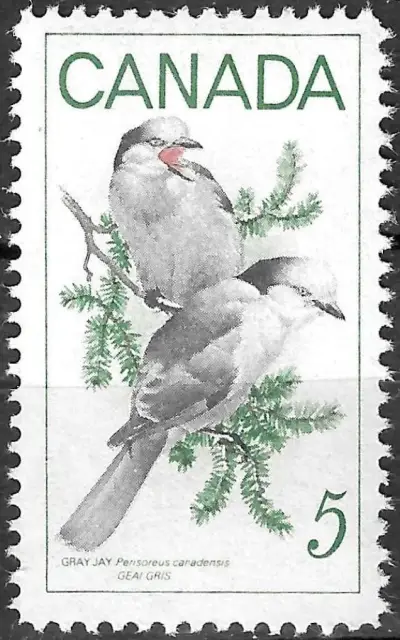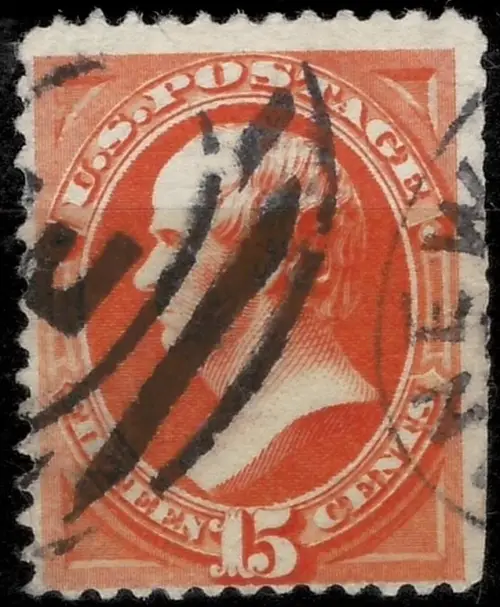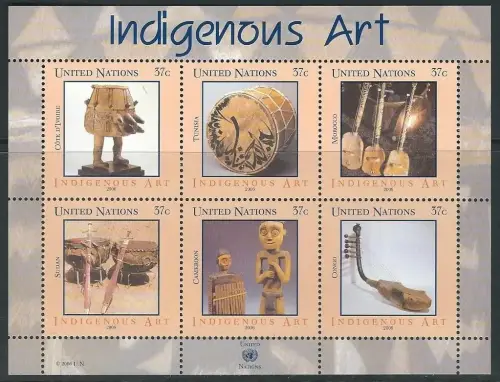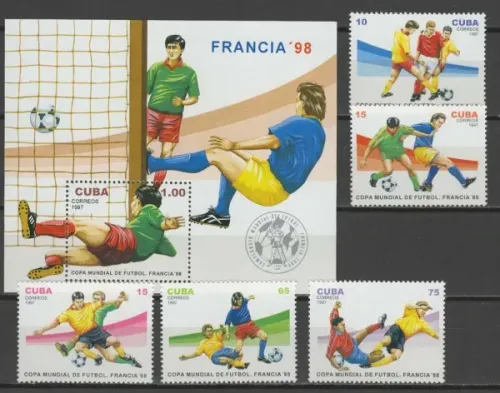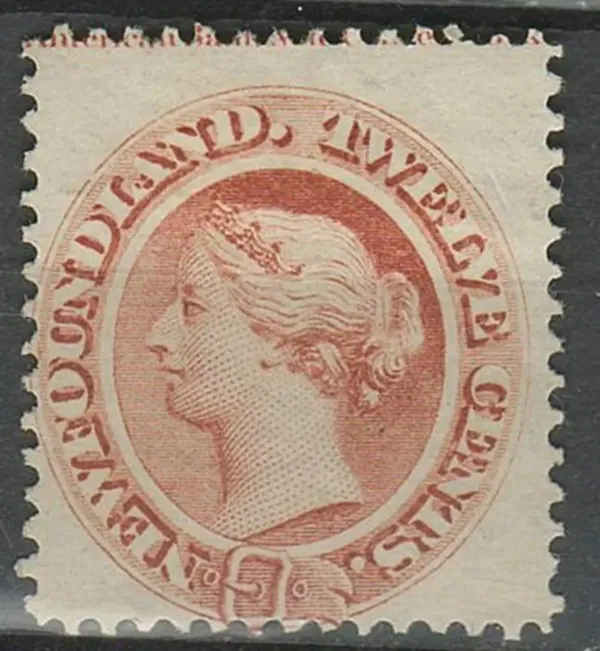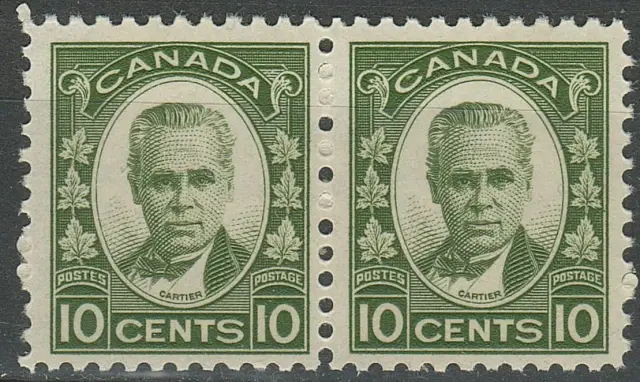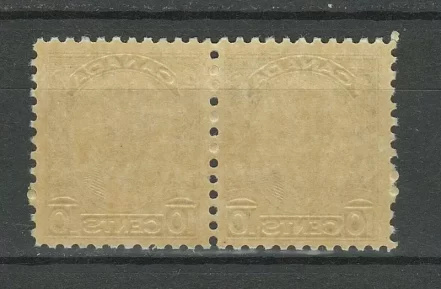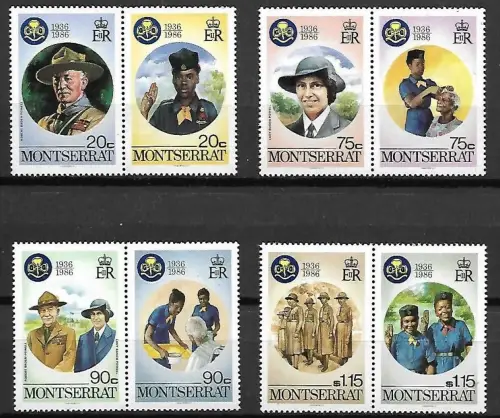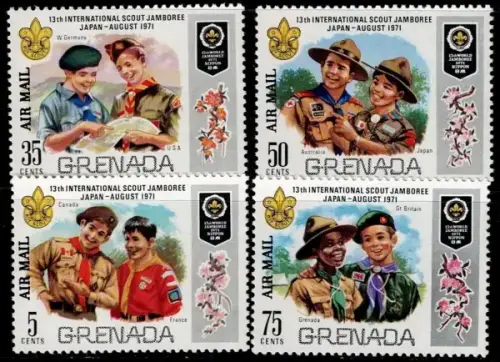Showing 1–30 of 338 resultsSorted by latest
Showing 1–30 of 338 resultsSorted by latest
Postage stamps in North America have a rich history that reflects the cultural and historical evolution of the region. Here’s an overview of postage stamps from the United States and Canada, as well as notable aspects of stamps from British North America and the Caribbean.
United States Postage Stamps
The United States began using postage stamps on July 1, 1847, with the first stamps featuring Benjamin Franklin and George Washington. Initially, postage was paid by the recipient through stamp less letters, but this changed with the introduction of adhesive stamps, which became mandatory in 1855.
- First National Stamps: The first U.S. postage stamps were issued in denominations of 5 cents and 10 cents. The 5-cent stamp was used for letters weighing less than half an ounce traveling up to 300 miles, while the 10-cent stamp was for longer distances or heavier letters. These early stamps were imperforate and hand-engraved.
- Collectability: By the late 19th century, the Post Office began issuing commemorative stamps to boost revenue, linking them to national events and expositions. This practice established a vibrant market for stamp collecting in the U.S.
- Modern Innovations: Today, U.S. stamps are often self-adhesive and include “forever” stamps that remain valid regardless of future price increases. The Postal Service also uses Postal Value Indicators (PVI) as alternatives to traditional stamps.
Canadian Postage Stamps
Canada’s postal history began with its first stamps issued on April 1, 1851, following its confederation on July 1, 1867. Canadian stamps are known for their diverse themes and artistic designs.
- Classic Issues: The early Canadian stamps feature iconic designs, including those depicting Queen Elizabeth II and notable historical events. Newfoundland’s early issues are particularly sought after by collectors due to their rarity and aesthetic appeal.
- Philatelic Interest: Canadian postage stamps are popular among collectors not only for their designs but also for their historical significance. Various provinces had distinct issues prior to confederation, adding to the complexity and interest in Canadian philately.
British North America and Caribbean Stamps
British North America (BNA) includes regions such as Newfoundland, Nova Scotia, and British Columbia, each with its own unique stamp issues.
Collecting Opportunities
- Diverse Themes: Stamps from BNA feature a wide range of themes from natural landscapes to historical figures, providing ample opportunities for collectors to explore various aspects of postal history.
- Caribbean Stamps: The Caribbean region has its own rich postal history with many islands producing unique issues that reflect local culture and history. Rare examples include Bermuda’s early circular stamps from 1848, which are among the world’s rarest
Most valuable American postage stamps
1. The Inverted Jenny (1918)
- Value: Up to $1.7 million
- Description: One of the most famous U.S. error stamps, this 24-cent airmail stamp features a biplane, the Curtiss JN-4 “Jenny,” printed upside-down. Only 100 of these stamps were printed, making it incredibly rare and highly coveted.
2. 1-Cent Z Grill (1868)
- Value: Up to $3 million
- Description: This is one of the rarest stamps in the world, with only two known examples. The stamp features a portrait of Benjamin Franklin, and its rarity comes from the “Z” grill, a special type of embossing designed to prevent stamp reuse.
3. Benjamin Franklin 1-Cent Stamp (1851)
- Value: Around $935,000
- Description: This is one of the earliest U.S. stamps, issued in 1851. Its value is determined by its rarity in mint condition and its historical significance, as Benjamin Franklin was the first Postmaster General of the U.S.
4. Tiflis Stamp (1846)
- Value: Around $700,000
- Description: One of the earliest known examples of American stamps, it is considered extremely rare. Only a few examples are known to exist, and the stamp was used in the Republic of Georgia, which was part of the Russian Empire at the time.
5. The 1869 Pictorial Issue
- Value: Varies, but up to $600,000 for rare examples
- Description: The 1869 Pictorial series was the first in the U.S. to feature something other than portraits. Some issues included errors or rare denominations, significantly boosting their value.
6. The 1847 Issue: 5-Cent and 10-Cent
- Value: Up to $500,000 (for the 10-cent stamp in mint condition)
- Description: These are some of the first stamps issued by the U.S. postal service. The 5-cent features Benjamin Franklin, while the 10-cent depicts George Washington. Their historical value and rarity contribute to their high prices.
7. Hawaiian Missionaries (1851)
- Value: Up to $600,000
- Description: These stamps were issued by the Kingdom of Hawaii before it became part of the U.S. They are among the rarest and most valuable stamps in the world.
8. Pan-American Inverts (1901)
- Value: Up to $275,000
- Description: Similar to the Inverted Jenny, this is another famous printing error in which the centre image was printed upside-down. It was part of a commemorative series for the Pan-American Exposition.
9. The 24-Cent Declaration of Independence Stamp (1869)
- Value: Up to $375,000
- Description: Part of the 1869 Pictorial Issue, this stamp featured an iconic image of the Declaration of Independence. It’s rare in mint condition, and its historical significance adds to its value.
10. The Alexandria “Blue Boy” Postmaster’s Provisional (1846)
- Value: Up to $1 million
- Description: This stamp was issued by the postmaster of Alexandria, Virginia, before the U.S. had standardized national stamps. Only a single copy is known to exist, and it is the only U.S. postmaster provisional printed on blue paper.
Stamps’ values are often determined by their rarity, condition, and any printing errors that occurred during production. Collectors and auction houses highly prize these stamps, and they continue to set records at sales worldwide.

